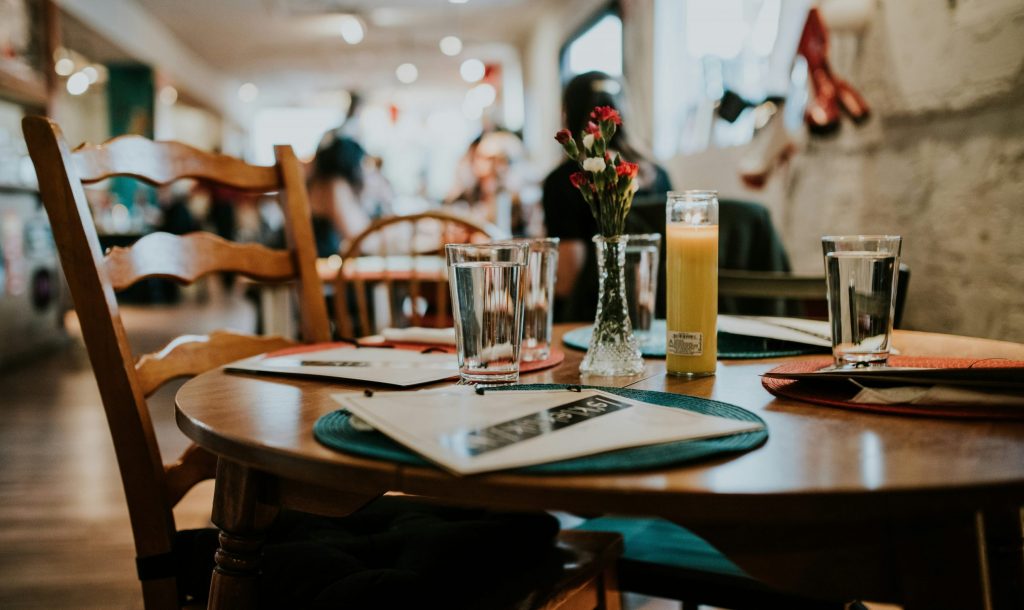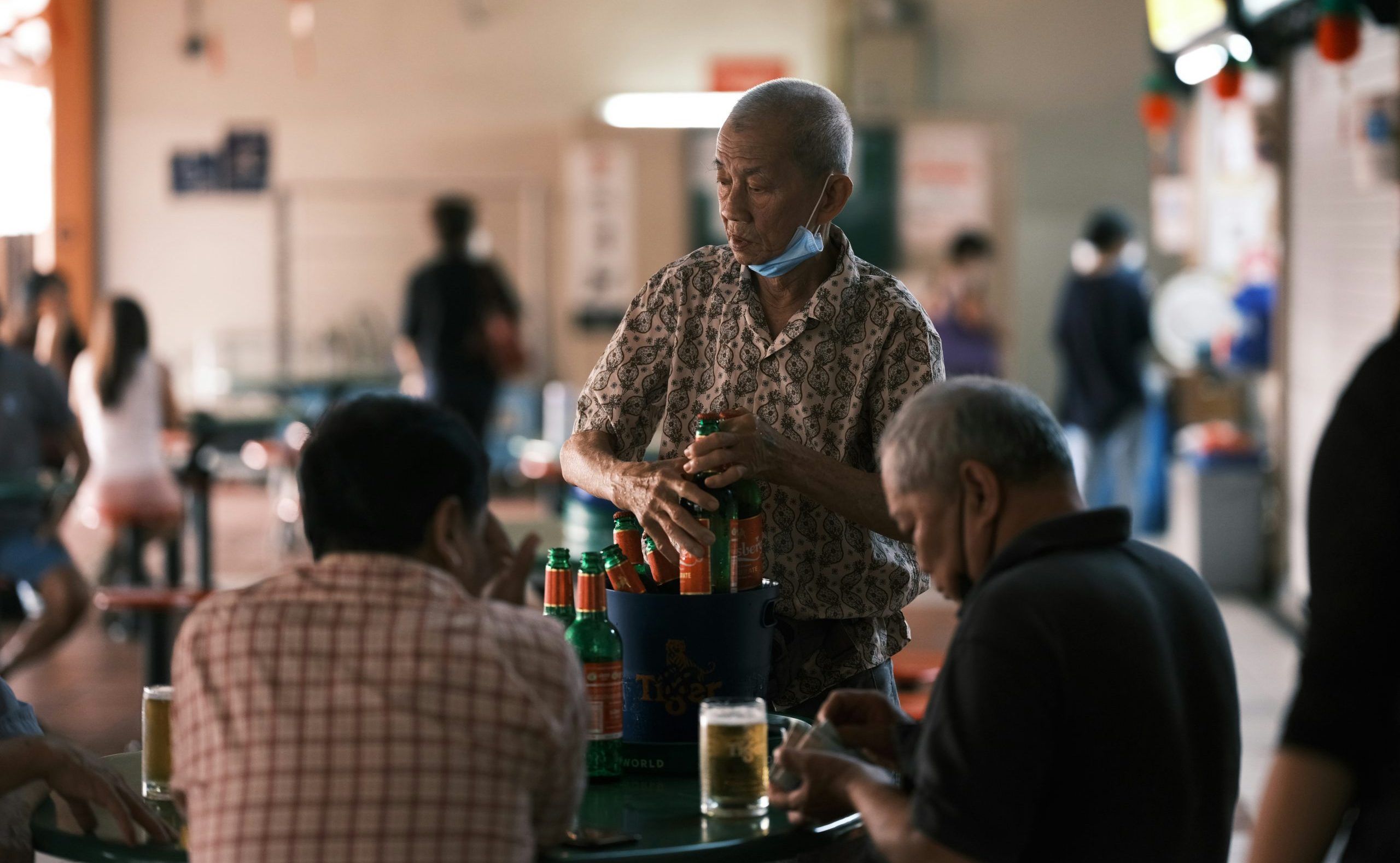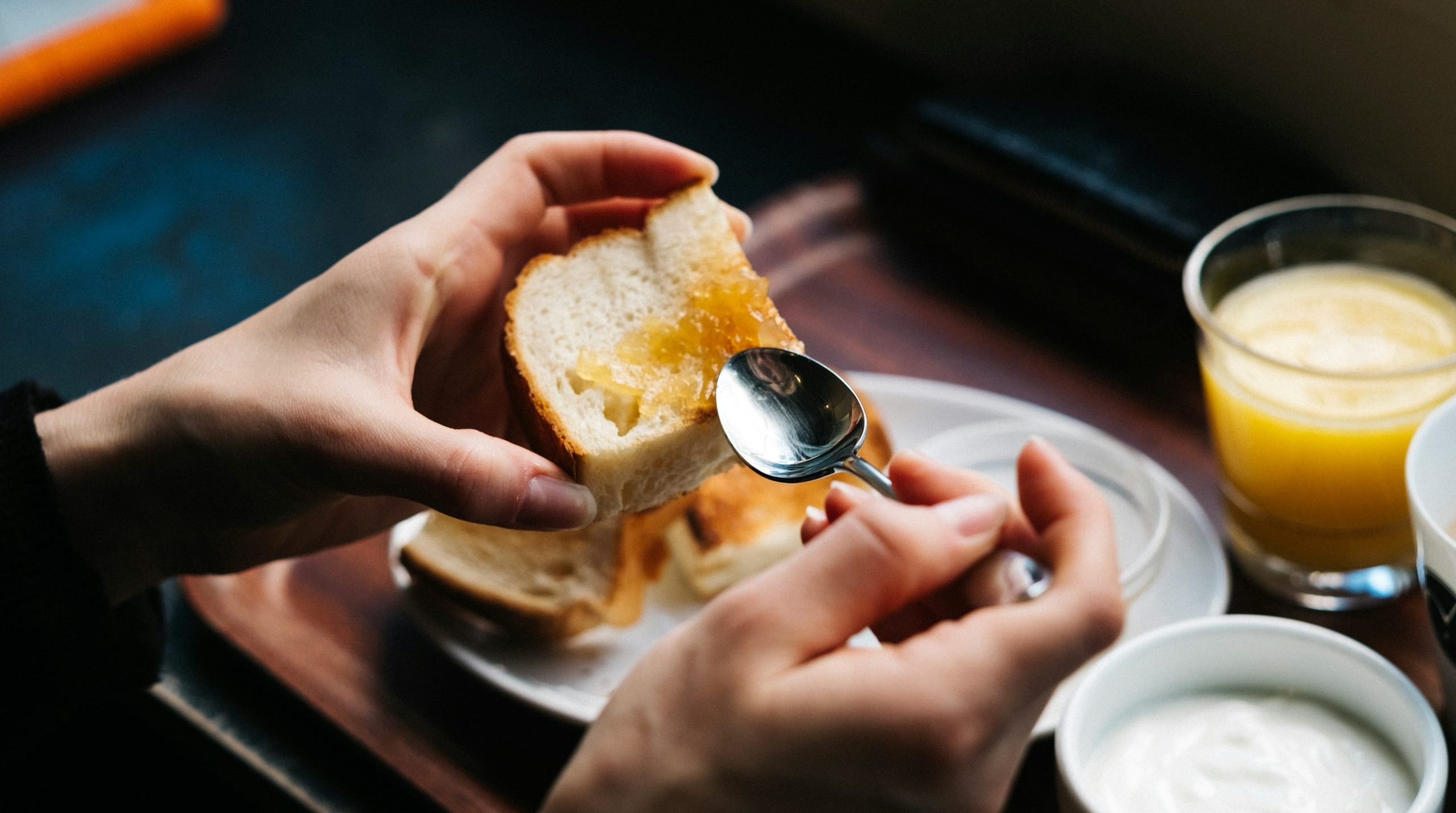What Makes or Breaks an F&B Brand During a Pandemic?

Many factors come into play when considering the longevity of brands. Changing consumer preference, stiffer competition from the industry… or maybe even a pandemic that comes out of nowhere and razes previously perfectly functional businesses to the ground with its harsh effects.
Thousands of brands in Singapore have been forced to close due to the pandemic, especially in the Food and Beverage (F&B) industry. With lockdowns and strict dine-in restrictions imposed, foot traffic and revenue have taken a nose-dive, causing these brands to cave under the pressure of the pandemic.

However, there are still many F&B brands that are alive. Perhaps not thriving, but still doing well enough to circumvent and overcome the dine-in restrictions that have caused many to fold. This situation then begs the question – what differentiates the F&B brands who survived, and those that didn’t?
In this case study, we’ll take a closer look at some of the strategies that the older F&B brands have employed to stay afloat during the pandemic and see if they worked – or not.
Fostering Brand Loyalty Amongst the Younger Crowd with a Brand System
Because of the multiple lockdowns that Singapore has gone through, our physical world has essentially shut down. Tapping on the digital sphere (delivery platforms, or websites) is the main mode for F&B brands to keep in contact with their consumers.
However, prior to the pandemic, there were many older brands who had yet to hop into the digital world, possibly due to a plethora of reasons. One of these reasons include having an older target audience – these brands do not see a need to go digital because they already have a steady stream of older customers who know them via word-of-mouth recommendations, or long-term patronage.
Once lockdown measures were introduced, however, these older customers were unable to dine in, resulting in a significant dip in purchases from these F&B brands. Despite customers returning after measures eased, and despite them beginning to offer delivery options through platforms such as Oddle, Grabfood, Foodpanda or Deliveroo, it is simply not enough to keep some of these older F&B brands going throughout the pandemic.
This is because these brands struggle with keeping up with others who’ve already gone digital. It’s not enough for these brands to simply hop into the digital bandwagon just because others are doing the same. Without a proper brand system or identity prior to going online, these brands won’t be able to make an impression on the main users of these food delivery platforms – the younger generation.

The elderly pool of clients underscores a perennial problem that many of the older, local brands face – they are unable to attract the attention of the younger generation – who are more tech-savvy and likely to order food through delivery platforms during this period – and instead, rely heavily on the patronage of the older, long-term clients.
Now, there is nothing wrong with doing so. In fact, 80% of business conducted should stem from your existing pool of clientele, while 20% should be from new clientele. However, the issue lies in not connecting with the younger generation as soon as possible and making them a part of the 80% – the existing clientele pool.
The consumer profile is ever-changing, and sadly, F&B brands who did not have a strong enough impression amongst the younger locals before the pandemic to foster brand loyalty could not stay afloat during COVID-19.
Because the younger generation did not recognise or know of these brands due to a lack of outreach before the pandemic, they would rather order from other brands that they know of and have tried before.
The closure of these brands highlights a crippling issue here for SMEs in Singapore. So used to the status quo of having a certain set of target audience, many SMEs choose to forgo relooking into themselves and upgrading themselves through branding for the sake of comfort from their current business model.
However, when the storm hits and flips everything topsy-turvy, that is when the longevity of these brands is called into question. Oftentimes than not, these brands are set in their ways and are too late to properly field the negative impacts of unanticipated events.
Case Study: Ya Kun Kaya Toast
If you ask the younger generation if they have heard of or frequent Ya Kun Kaya Toast, the answer will most probably be a resounding yes. Almost all Singaporeans of all age groups know of and love Ya Kun. Founded in 1944, with 77 years of operation, Ya Kun remained a small, family-run stall for decades.
However, after the youngest son of the founder took over in 1999, the store expanded rapidly into what it is today – a Singaporean chain of mass-market, retro-ambience cafes. They started out as a Small Medium Enterprise (SME), but rapidly expanded and grew over the past two decades.
How is it that this brand was able to achieve what many others set out but failed to do?

The main differentiator of Ya Kun lies in the company’s strong brand identity and system. Known as a Singaporean cultural icon, they focus heavily on their traditional brand identity and conservative, people-centric corporate culture.
By preserving their brand identity as chengnuo (承诺, “commitment” or “promise”) to their customers, they emphasise on sustainable growth over actively pursuing new opportunities, nurturing family-like relationships among staff, and avoiding aggressive conflict with competitors.
As a brand that has traversed geographical boundaries, each store overseas still retains the quintessential Singaporean essence that makes it incredibly nostalgic and appealing to customers overseas.
By setting their foundation right with a strong brand system, Ya Kun grew rapidly and fostered strong brand loyalty in Singaporeans of all ages. In a period of 22 years, the brand went from having a singular stall into more than 50 outlets across 14 countries.
Even when the COVID-19 crisis first surfaced, Ya Kun’s doubled down on their corporate measures with a clear, well-defined plan that reassured both their own internal stakeholders and bolstered the confidence of their consumers in them as a brand.
The brand also prioritised speed in adapting their business operations to keep it running, all the while preserving Ya Kun’s strong brand identity.
Even as other businesses have understandably reverted into profit-driven tactics to stay alive, Ya Kun operates differently, with an ecosystem-driven modus operandi guided by their brand system during the pandemic. Of course, not many brands are able to do so, as their foundations have not been set right in the first place.
Ya Kun’s efforts have paid off. By focusing on key menu offerings, strategic outlets, and partnerships with delivery platforms, the brand has managed to optimise their manpower deployment, manufacture, and retail operations and stay afloat during the COVID-19 pandemic.
A strong foundation, a strong future
COVID-19 is truly a test of time for Singaporean brands. As we can see from Ya Kun’s case study, brands with a strong brand system and identity as a foundation are more likely to survive unanticipated events.
Will your brand stand the test of time during the COVID-19 pandemic? Would you like help in relooking into your business’s foundation and figuring out how to strengthen it?
Due to the current COVID-19 pandemic, Enterprise Singapore has increased the cost defrayed for each branding project from 70% to 80%. Now would be a good time to seize the chance and relook into your company’s brand system to strengthen its foundation, so that you can grow your brand, even amidst a pandemic.
We would love to help your brand reach greater heights by engaging your current target audience and attracting new ones. For a complimentary, no-obligations, brand audit, contact us today.